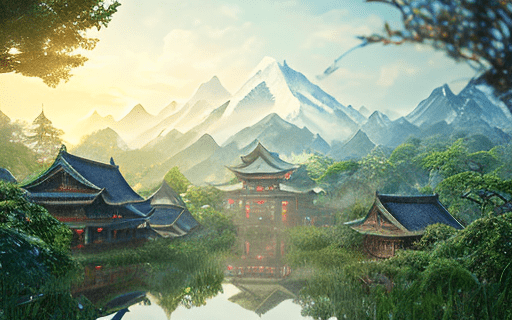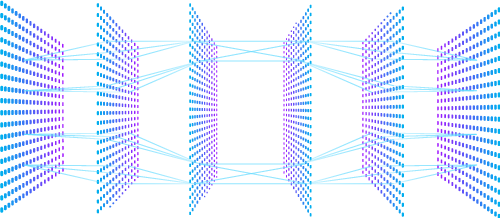What is an AI Art Generator?
AI art generators typically use a type of neural network called a generative adversarial network (GAN) to create new images. A GAN consists of two parts: a generator and a discriminator. The generator creates images, while the discriminator evaluates them and tries to determine whether they are real or fake. Through this process, the generator learns to create images that are more and more similar to the real ones, until it becomes difficult for the discriminator to tell the difference.
One of the advantages of using an AI art generator is that it can generate a large number of images quickly, allowing artists and designers to explore a wide range of possibilities. Additionally, AI art generators can create images that are difficult or impossible for humans to produce, either due to their complexity or their uniqueness.
AI art generators have been used in a variety of creative applications, such as creating custom designs for clothing and accessories, generating artwork for video games, and creating digital illustrations and animations. They can also be used to help artists and designers quickly generate new ideas or explore different styles and techniques.
However, there are some criticisms of using AI art generators, particularly when it comes to questions of originality and creativity. Some argue that using a computer program to generate art is not truly creative, since the program is only producing images based on pre-existing patterns and styles. Others counter that the output of an AI art generator is just one element in the creative process, and that the artist or designer still has control over how the final artwork is produced and presented.






